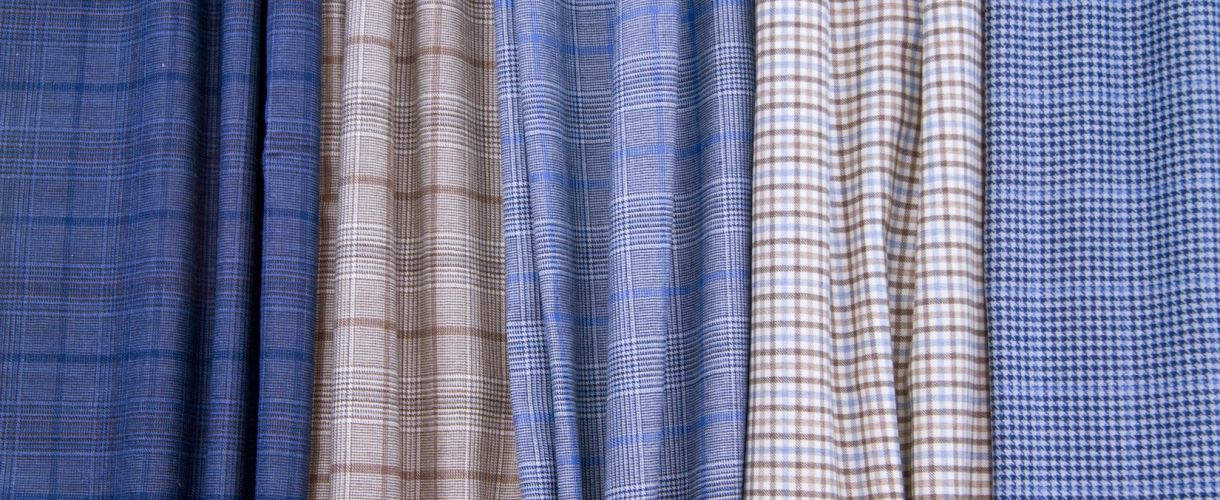
Bespeak
Quality Means Less Quantity
Planned obsolescence is a topic that primarily comes up when discussing technology. This phrase refers to the scheme in business of creating a product with the intention of it not working, lasting, or being relevant after a predetermined amount of time. At some point in our modern history, clothing fell victim to this mode of business.
We see clothing today that stretches after one wash, or falls apart at the seams after being worn a few times. In the end we may end up paying more for a few shirts that we may toss at the end of the year, than we would with one or two quality shirt that can stay in your closet for years. There is an obvious necessity for having affordable clothing, but in the end it may seem as though habitually purchasing “affordable” clothing does become an expensive habit. The clothes of grandparents, and their parents, were made to last. They did not have a grand walk in closets the size of a New York City apartment, but instead had a modest selection of about seven or eight outfits, which they kept for years. The quality and craftsmanship of these garments was created with the understanding that you did not throw things away after a few wears. The only reason to not wear anything during those times were because you grew out of your clothes or because you simply did not want to, not because the clothes became obsolete or unwearable.
The truth of the matter is that these “disposable” garments are not as low in price as they are in quality. In terms of suits, many “luxury” brands have turned to Asia for their assembly and fabric needs. It was virtually unheard of only a few decades ago to see a suit selling for a few thousand dollars to be made in China, but unfortunately today it is often the norm.
Bespoke suits are sometimes more expensive than their counterparts, but are intended to last through the test of wear and tear, and the test of style. So in the end, think about how many articles of clothing and suits that you have tossed and replaced, and add those costs together to see how much those clothes actually cost. Also, think back to the car that your parents had that you were embarrassed by, but just wouldn’t break down. Now think about the car you may have bought five years ago that is a nightmare to maintain. It is time for us to go back to the mentality of the early last century – buy quality, not quantity. But let’s be honest, quantity is good too.



